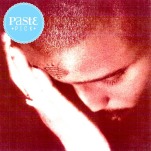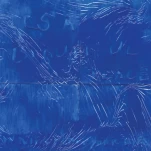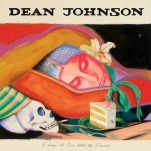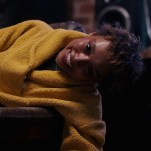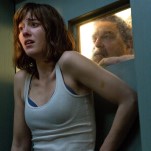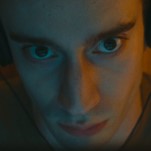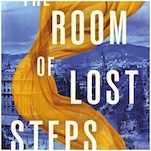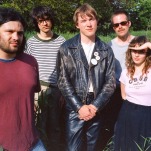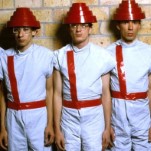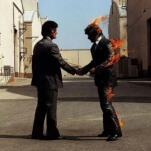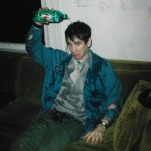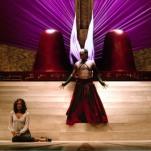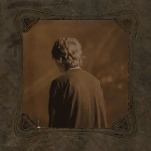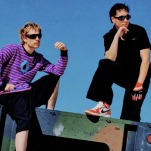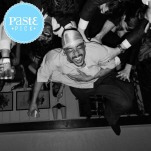A Questionable Shape by Bennett Sims
We, The Undead
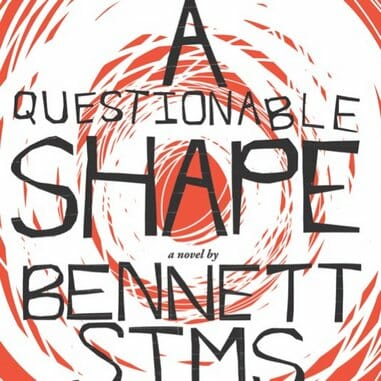
You can add Bennett Sims to the list of gifted literary writers working in—or subverting—the monster genre. Just as Justin Cronin enlisted werewolves and Benjamin Percy vampires, Sims employs zombies in this debut novel to get at larger issues of human nature and our existential plight.
We open in Baton Rouge—Sims’s hometown—where the zombie epidemic has left none untouched by undeath. Unlike The Walking Dead or the plot in a George Romero film, the world has not gone completely to pot.
In Sims’ world, things remain fairly normal, though the flesh-eating undead roam surrounding areas. The government has established quarantine camps for captured zombies (it is a crime to “kill” the unliving), and has even distributed a survival handbook, Fight the Bite, replete with dos and don’ts and ways to “defamiliarize” yourself from your loved ones when said loved ones turn—which they eventually will—into zombies.
In Sims’ world, panic has subsided. In its place reside order, reason and pragmatism. Sims has created a world where even the living walk around, at times, half-dead.
Like any good piece of work using genre as its scaffolding, A Questionable Shape cares about more than mere zombies and the havoc they wreak on the living. The zombie represents those of us who have taken to sleep-walking through our daily lives. At its heart, this book examines identity and character. It looks closely at habits. It questions meaning … what we are, deep down, when we no longer have a perceived purpose.
Not a lot happens in A Questionable Shape—Sims, a graduate of the Iowa Writers’ Workshop, offers a thinking man’s zombie story. That doesn’t mean it lacks excitement.
The story focuses on Mike and his friend Matt. They undertake a month-long quest to find Matt’s missing father, Mr. Mazoch. Sims’ zombies forever return to the familiar, like homing pigeons coming back to the same rooftops again and again—they “wander to nostalgically charged sites from their former lives, and you can somewhat reliably find an undead in the same places you might have found it beforehand.”
For this reason, Mike and Matt establish a routine checking all of Mr. Mazoch’s old haunts to locate him. Ironically, their search emulates the movements of Mr. Mazoch—Mike and Matt return, like the undead, over and over to the same old places. They become the very things they fear: automatons.
-

-

-

-

-

-

-

-

-

-

-

-

-

-

-

-

-

-

-

-

-

-

-

-

-

-

-

-

-

-

-

-

-

-

-

-

-

-

-

-


